Home Pest Control of Dallas
Welcome to Home Pest Control of Dallas! We are Texas pest control specialists. We offer both residential and commercial extermination services in Dallas. We handle all common pest insects in the area, including: Termites, Ants, Bed Bugs, Cockroaches, Spiders, Palmetto Bugs, Mosquitos, Silverfish, Centipedes, Millipedes, Carpenter Bees, Dust Mites, Spider Mites, Fleas, Lady Bugs, Drain Flies, Indian Meal Moths, Yellow Jackets, Brown Recluse Spiders, Black Widow Spiders, Ticks, Pillbugs, Earwigs, and rodents such as rats and mice. We offer a range of affordable pest management services, including complete interior coverage of your home or building, and complete exterior coverage of your house and lawn. We pride ourselves on our polite and courteous customer service and our excellent results. Give us a call any time to find out more about our prices for pest control work and to schedule an appointment, usually within the next day. We look forward to hearing from you.
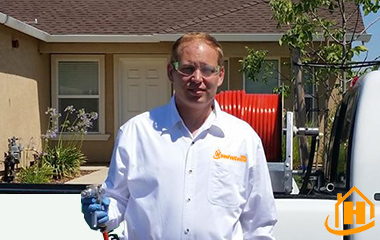
Residential / Commercial
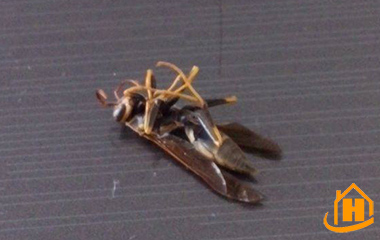
Complete Insect Extermination
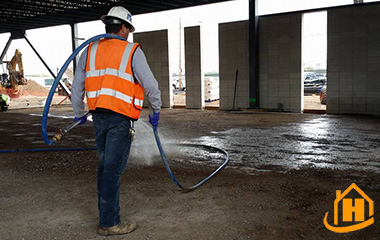
Property Services
Call 24/7 to discuss your pest problem.
Same-day or next-day appointments.
32-point inspection of your property.
Written estimates for pest project.
Fully state licensed and insured.
Complete Bed Bug treatment and removal.
Complete termite tenting and erradication.
Control of ants, spiders, stinging insects.
100% permanent rat and mouse control.
Quarterly and monthly maintenance programs.
Our Service Range - 214-304-7244
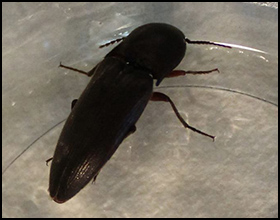
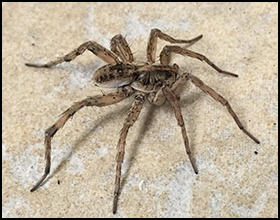
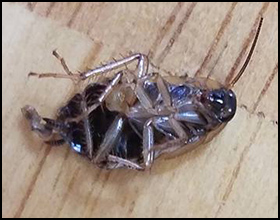
Where Termites Come From
There are different species of termite and the places where they thrive can vary. The places where they can be found should provide them with enough food supply. The shelter should also be suitable for their unique needs. Sadly, most of the termites will find our home an appropriate habitat. Once you discover them in your property, you will have to take the appropriate action to prevent severe structural damages.
Finding the Home of the Termites
There are host of factors that can make your house hospitable for the termites. Some of these factors include an elevated moisture level, availability and accessibility of wood, absence of predators, and protection from the heat of the sun. You are probably not aware that your house will give the termites favorable condition. Learning where to find them can help you control the damages and avoid expensive repairs.
Habitat of the Drywood Termite
From the name of the drywood termites, they will not need a lot of moisture to survive. They can in fact live in dry wood that enable them to infest the wooden materials that are not connected to the ground. They will travel through our furniture and may establish their nest inside it. They may also live in the trees that are close to the voids and cracks of our home. The colony will live deep inside the wood that will make it difficult to determine their presence.
Habitat of Dampwood Termite
Dampwood termite is the opposite of the drywood termite. They prefer to look for wood with signs of water damages. They can build their nest in a damp soil. Some of the places to look for their signs of presence include your basement or your kitchen. The high level of humidity in these areas will make it an excellent thriving ground for the termite. Repair the leaks in your pipe system and clean the debris in your gutter to avoid attracting the attention of the termites.
Habitat of Subterranean Termite
The subterranean termite will also prefer damp soil when establishing their colony. Some subspecies of this termite such as the Formosan Termite will use mud to create mud tubes that will lead to the food sources. This enables them to infest the woods that are not attached on the ground. They are the most common termite that you will encounter in your yard. You may find them in the area where the soil is moist and there is a plenty of possible food source. They love to eat fallen branches and old tree.
In case homeowner have discovered signs of damages caused by termites, you will need to call the specialist immediately to prevent further damages. They will start by assessing the damages that has already been incurred by the house. This enables them to determine the type of termite that is destroying your house. They will then design a plan that is intended to control the damage and any measures to prevent this infestation from happening again in the near future.

